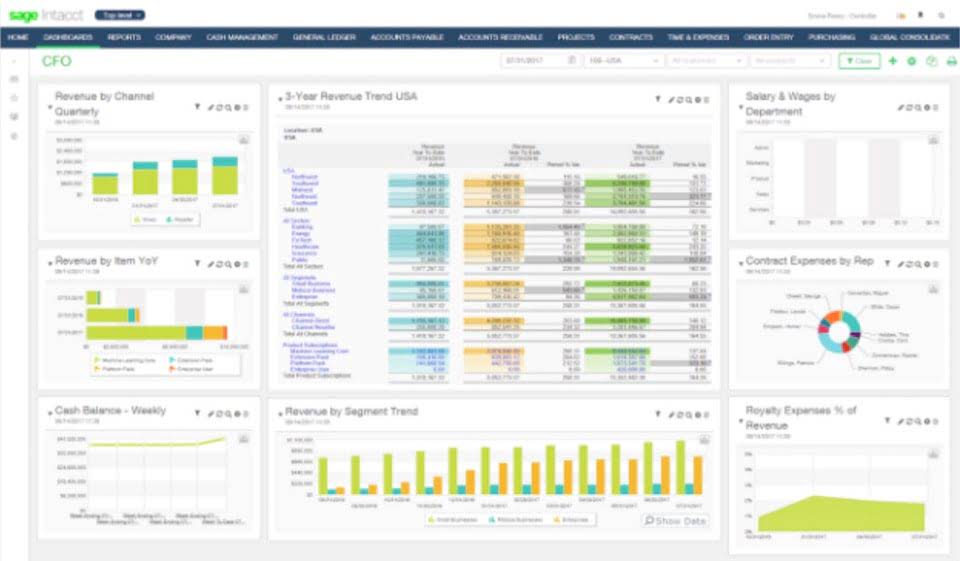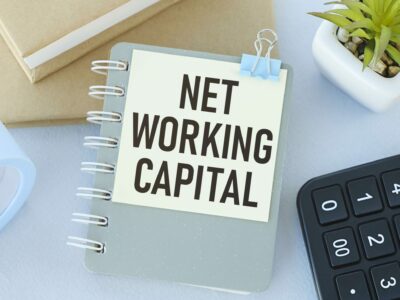
Direct labor costs include the labor costs of all employees actually working on materials to convert them into finished goods. As with direct material costs, direct labor costs of a product include only those labor costs distinctly traceable to, or readily identifiable with, the non-manufacturing costs include finished product. The wages paid to a construction worker, a pizza delivery driver, and an assembler in an electronics company are examples of direct labor. All manufacturing costs that are easily traceable to a product are classified as either direct materials or direct labor.
How Are Production Costs Determined?

Direct materials cost is the cost of the raw materials that go into producing the finished product. For example, if you’re making a wooden table, your direct materials would be wood. To help clarify which costs are included in these three categories, let’s look at a furniture company that specializes in building custom wood tables called Custom Furniture Company. Each table is unique and built to customer specifications for use in homes (coffee tables and dining room tables) and offices (boardroom and meeting room tables). The sales price of each table varies significantly, from $1,000 to more than $30,000. Figure 2.3.1 shows examples of production activities at Custom Furniture Company for each of the three categories.
Production Costs: What They Are and How to Calculate Them

Once a product is finished, the company records the product’s value as an asset in its financial statements until the product is sold. Recording a finished product as an asset serves to fulfill the company’s reporting requirements and inform shareholders. A cost accounting system is a system that tracks the costs of all the resources used in the production of a product.
How Are Production Costs Calculated?
- You want to make sure they’re good at what they do and that they’ll be able to handle the workload you have for them.
- A balance sheet is one of the financial statements that gives a view of the company’s financial position, while assets are the resources a company owns.
- Technological advancements can be a double-edged sword for manufacturers.
- When asked by manufacturing businesses to explain the importance of Enterprise Resource Planning (ERP),…
It allows you to see where your money is going and how much it costs to produce products and services, so you can make informed decisions about where to invest your resources. Another reason manufacturing costs are increasing is that there are more regulations related to product quality. For example, many countries now require that food products be tested for harmful chemicals before selling them. If a company wants to sell food in these countries, it must first test its products for these chemicals to comply with local laws. Indirect costs – those that cannot be traced to a particular object of costing. Indirect costs include factory overhead and operating costs that benefit more than one product, department, or branch.
According to Behavior in Accordance with Activity
- It also consists of other costs directly related to producing a specific product, such as tooling or die costs.
- Tracking the number of hours each employee works on the production line can be tricky.
- Therefore, the per-item cost of manufacturing falls and the business becomes more profitable.
- When calculating manufacturing overhead, you must first determine your overhead costs and then divide them by the total sales of your product.
- These indirect costs, also called factory or manufacturing overheads, include costs related to property tax, insurance, maintenance, and other indirect operations that support the production process.
- It lets you post critical data to a real time dashboard so it can be continually and easily reviewed by managers, accountants, and owners.
- Another example is if you made a t-shirt and had someone help you sew on the buttons, those wages would count towards your direct labor costs.
While this is a simplified view of direct labor calculation, accountants also include the benefits, overtime pay, training costs, and payroll taxes when calculating the hourly rate. Then, add up the cost of new inventory — this is the cost of raw materials you purchase to manufacture the product. It’s also great for service businesses, especially if you want to improve your processes and reduce costs. Raw materials are critical in manufacturing because they are used to create the final product. If you can’t get enough raw materials, your production will suffer greatly, which could result in lost revenue or even bankruptcy for your company if it continues for too long. The availability of raw materials has a significant impact on their price.
- For an expense to qualify as a production cost it must be directly connected to generating revenue for the company.
- For example, it can use its manufacturing cost to set a price to cover its costs and make a profit.
- Material A distinction is made between direct materials and indirect materials when the product is the relevant cost objective.
- The wood used to build tables and the hardware used to attach table legs would be considered direct materials.
- Sometimes it is difficult to discern between manufacturing and non-manufacturing costs.
Prices that are greater than the cost per unit result in profits, whereas prices that are less than the cost per unit result in losses. Once a business has calculated its manufacturing cost, it can use this information to make better decisions about its business. For example, it can use its manufacturing cost to set a price to cover its costs and make a profit. In addition, manufacturing costs help companies determine how much profit they can make on each product. This information is necessary for business owners to stay competitive and ensure their company is making money. Direct costs – those that can be traced directly to a particular object of costing such as a particular product, department, or branch.

AUD CPA Exam: Understanding the Differences Between SOC 1 and SOC 2 Engagements
Sunk costs – historical costs that will not make any difference in making a decision. Unlike relevant costs, they do not have an impact on the matter at hand. Relevant cost – cost that will differ under alternative courses of action. SMe Software’s manufacturing management software blog where we discuss the manufacturing industry news, keep up to date with happenings at SMe Software and our local area. A word used by accountants to communicate that an expense has occurred and needs to be recognized on the income statement even though no payment was made. The second part of the necessary entry will be a credit to a liability account.
Differences between management and tax accounting
After subtracting the manufacturing cost of $10, each widget makes $90 for the business. Direct labor costs include the wages and benefits paid to employees directly involved in the production process of goods or products. Accurate cost calculation helps companies identify the processes or materials that are driving up manufacturing costs and determine the right pricing of products — the keys to remaining profitable. For example, if you were making a shirt, your direct manufacturing costs would include fabric, thread, and buttons for buttons. For a manufacturer these are expenses outside of the manufacturing function.